T4K3.news
UK inflation at 3.8% in July
CPI rises to 3.8% driven by food and travel costs, likely delaying BoE rate cuts.
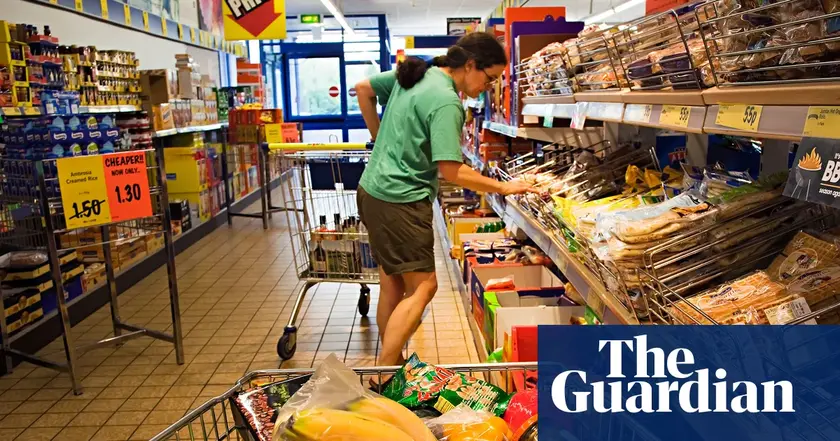
July CPI comes in hotter than expected, complicating the Bank of England’s path for rate cuts.
UK inflation climbs to 3.8% on higher food prices
The Office for National Statistics shows the July consumer price index at 3.8% year on year, up from 3.6% in June and above economists’ 3.7% forecast. The rise was driven by air fares, which jumped after the peak summer travel period, with UK-bound flights up about 30% month on month, and by food and non-alcoholic beverages, which rose 4.9% from a year earlier. Rail fares are expected to rise next year due to the typical linkage to the price index, while petrol prices also contributed to the increase.
Energy price pressures loomed as Cornwall Insight warned the energy price cap could rise again in October, potentially about £17 or 1%. The Bank of England cut rates to 4% earlier this month, but several policy makers voted to hold, signaling uncertainty about the speed and timing of further easing. Analysts say the July surprise makes a fresh rate cut unlikely this year and pushes bets for the first cut into 2026. Droughts in Spain, Italy and Portugal have lifted prices for fresh fruit and vegetables, adding to the broad price pressures that the economy faces.
Key Takeaways
"Prices refuse to bow to easing"
Editorial take on inflation persistence
"Rate cuts look further away than expected"
Market reaction after CPI release
"Droughts and travel costs push prices higher"
Drivers behind price pressures
"Households bear the price burden while policy lumbers"
Public impact and policy critique
The data underline that inflation is broad-based, not a single driver. Food, transport and energy costs all show strength while comparisons to last year’s energy prices dampen the drop in overall inflation. That mix weighs on household budgets and tests the BoE’s credibility as it weighs growth against price stability. The central bank must balance the risk of keeping rates too high and stalling recovery with the danger of letting inflation drift further above target. The political and public response will hinge on how quickly prices ease and whether policymakers can sustain confidence in a gradual, data-driven path.
Highlights
- Prices refuse to bow to easing
- Rate cuts feel further away than expected
- Droughts and travel costs push prices higher
- Households bear the price burden while policy lumbers
Monetary policy and market risk
The hotter-than-expected inflation reading heightens the risk that the BoE delays further rate cuts, potentially keeping borrowing costs elevated for households and businesses. Markets will reassess expectations for policy moves, and external factors such as droughts and energy cap changes add to uncertainty.
The inflation story is far from over, and the policy clock will keep ticking.
Enjoyed this? Let your friends know!
Related News
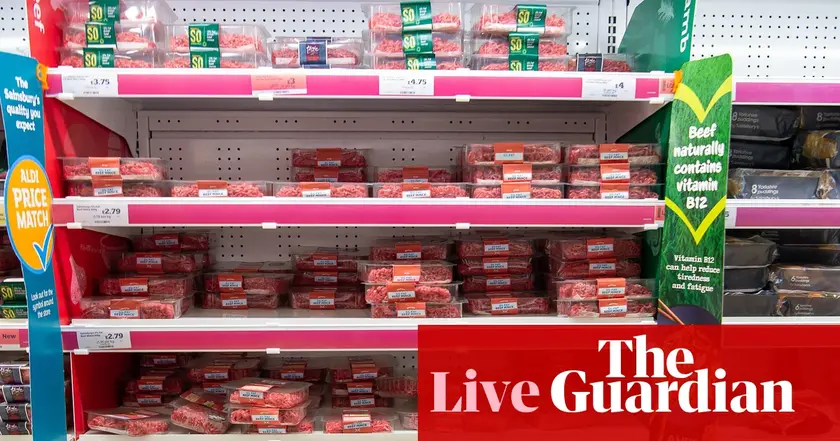
Rail fares set to rise 5.8 percent
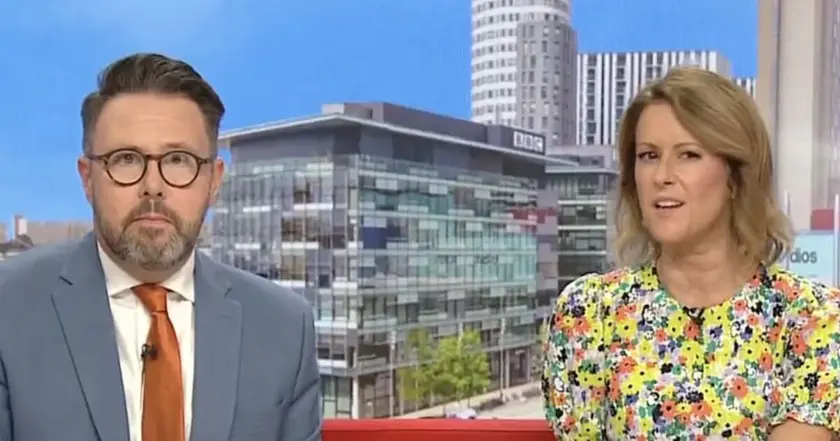
Inflation hits 3.8 percent in July
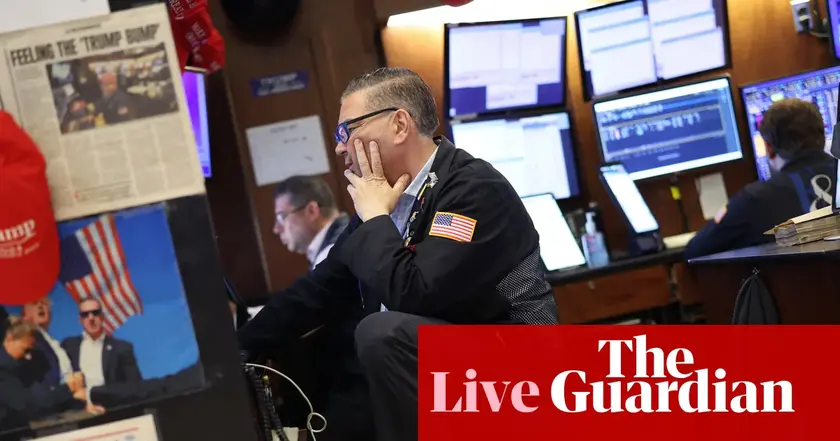
Thames Water contingency plans approved

UK housing market gains after rate cuts

Inflation rises in July
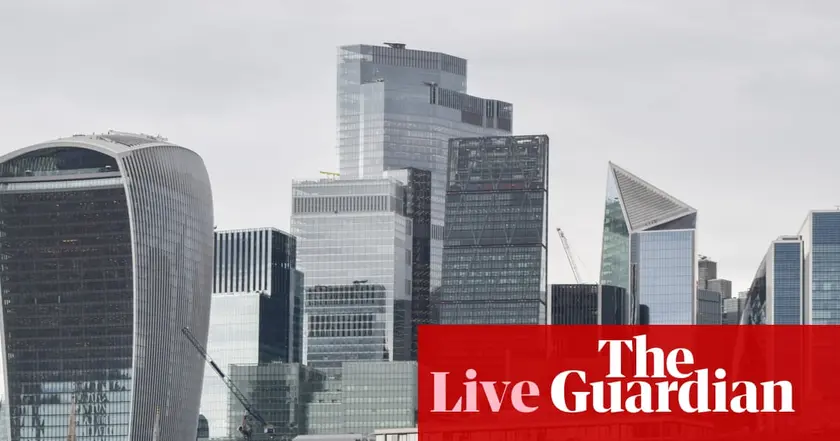
Keir Starmer to discuss steel tariffs with Donald Trump

Lidl named UK's cheapest supermarket
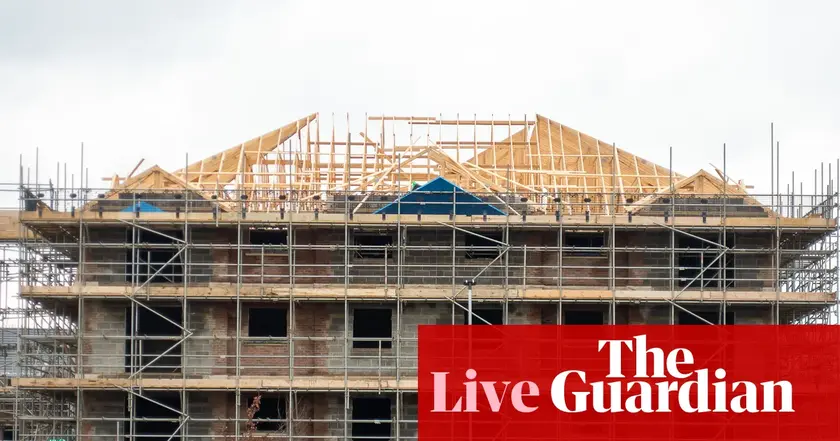
UK construction activity sees sharpest drop in five years
